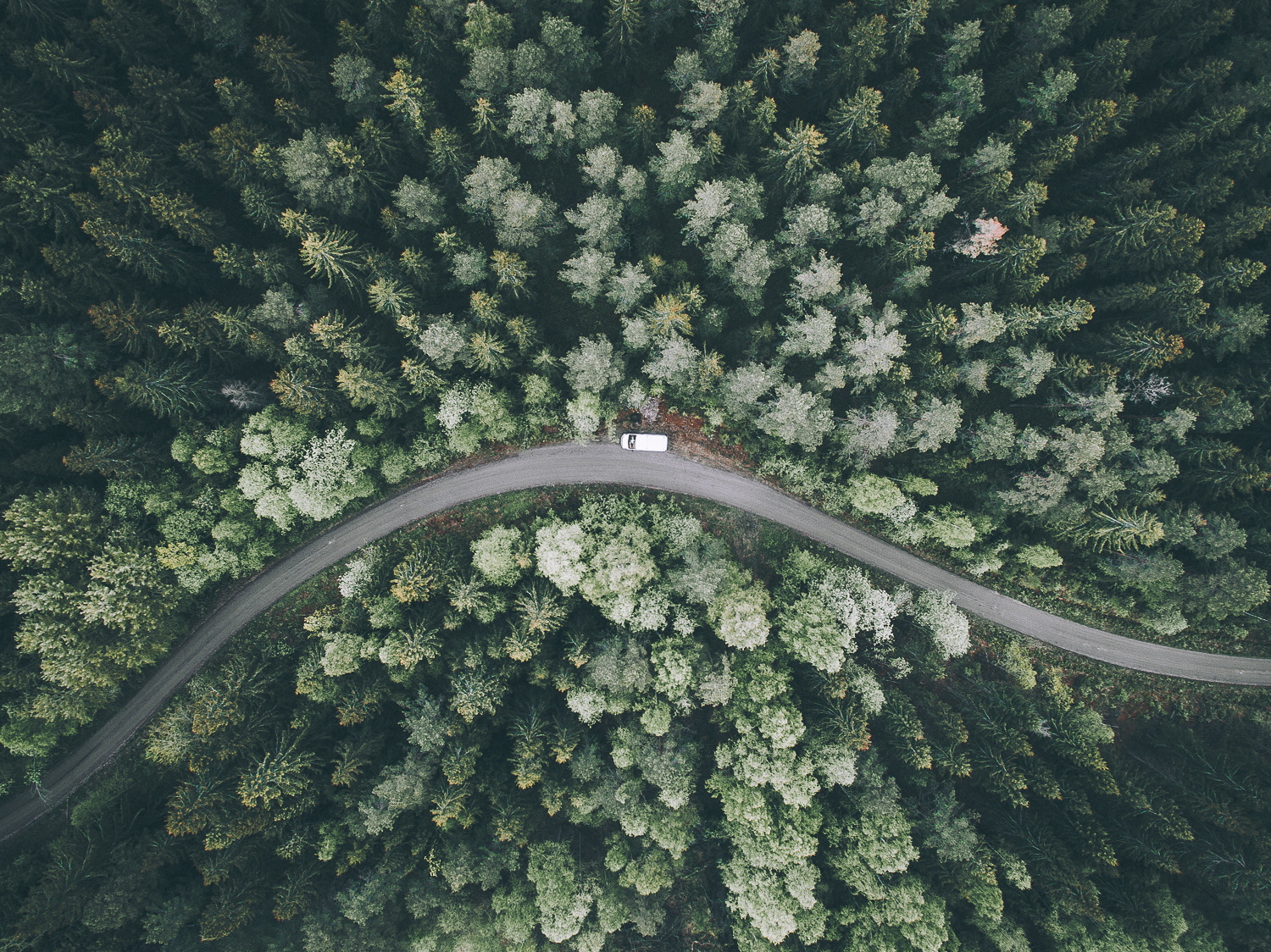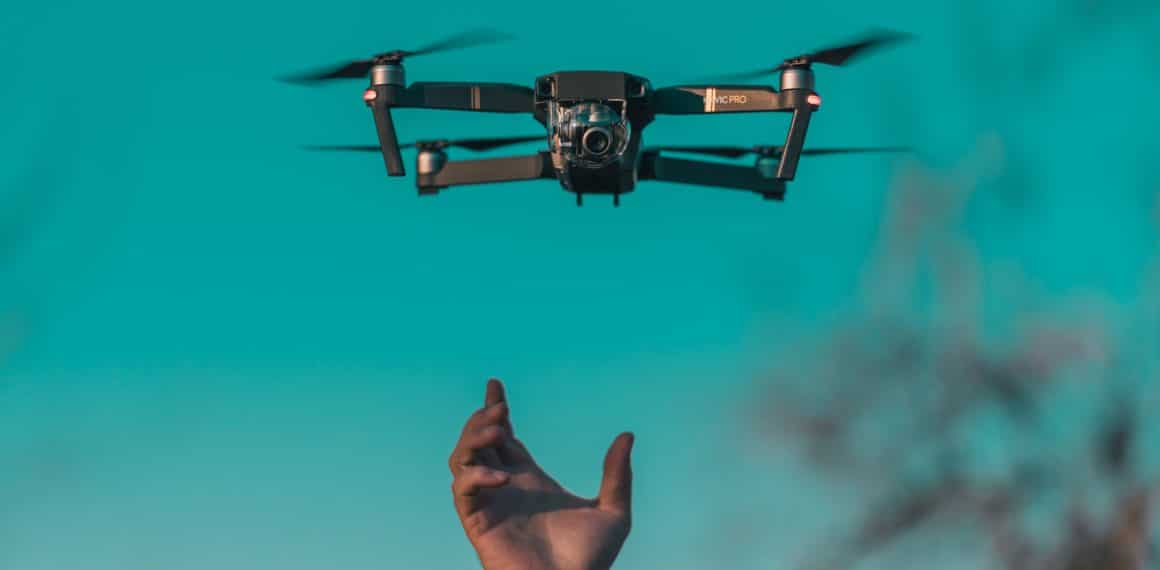Capture Unforgettable Moments with a Professional Drone Photographer
Capture Unforgettable Moments with a Professional Drone Photographer
Blog Article
Transform Your Viewpoint: The Art and Science Behind Drone Photography
Drone photography stands for a considerable crossway of creative vision and technological development, allowing developers to capture perspectives previously unattainable. Comprehending the auto mechanics of drone technology, from tools selections to structure methods, is vital for accomplishing compelling imagery. Factors to consider such as illumination and environmental conditions can profoundly influence the last result. As digital photographers improve their abilities in both aerial method and post-processing, they unlock a richer narrative possibility. Yet, what really distinguishes reliable drone digital photography from plain aerial photos? Discovering this concern discloses deeper insights right into the craft and its advancing landscape.
Recognizing Drone Technology
Comprehending drone modern technology is essential for any individual interested in harnessing its abilities for photography. Drones, or unmanned aerial lorries (UAVs), rely upon a mix of equipment and software program to achieve trip and capture images. At their core, these tools are outfitted with sensors, cameras, and navigating systems that permit them to fly autonomously or be controlled from another location.
The main parts of drone modern technology include the flight controller, which functions as the brain of the drone, processing information from different sensing units to make certain stable flight. Additionally, GPS technology plays a critical role in navigating, enabling drones to follow pre-defined trip courses and keep their setting also in tough problems.
Furthermore, understanding the regulatory landscape surrounding drone use is crucial, as it controls where and how drones can be operated, ensuring safety and compliance. Experience with these aspects of drone technology encourages professional photographers to optimize their imaginative possibility while adhering to legal guidelines.
Necessary Tools for Drone Photography
Picking the ideal devices is important for accomplishing exceptional cause drone digital photography. At the heart of this arrangement is the drone itself, which must be picked based upon trip security, video camera top quality, and ease of usage. Popular models often feature built-in high-definition cams that record magnificent airborne photos.
Along with the drone, buying a premium video camera is necessary. Lots of drones come equipped with cams efficient in shooting in 4K resolution, however, for professional-grade outcomes, consider a drone that enables compatible cams or sustains larger sensors. This versatility can significantly boost image quality.
Stabilization is another crucial component. A three-axis gimbal is recommended for smooth footage, lessening vibrations that can detract from image clarity. Extra batteries and a reliable battery charger guarantee extensive flight time, allowing for even more extensive shoots (aerial photographer spokane).
Understanding Structure Methods
Mastering structure methods is essential to raising your drone photography from average to remarkable. A well-composed image captures the viewer's attention and conveys an effective story.
Among the important concepts to think about is the policy of thirds, which includes dividing your structure right into a grid of nine equal components. Placing crucial aspects along these lines or at their intersections creates aesthetic rate of interest and balance. Additionally, leading lines can direct the audience's eye through the photograph, attracting interest to the subject and adding deepness.
One more effective strategy is framing, where natural elements such as buildings or trees encase the topic, improving the centerpiece. This approach not just offers context but additionally develops a sense of affection within the scene.

Finally, always be conscious of the horizon line. A jagged horizon can detract and distract from an otherwise exciting picture. By understanding these structure techniques, you can significantly boost the effect of your drone photography.
Lights and Weather Condition Considerations
In drone digital photography, the interaction of illumination and weather condition can substantially find more information influence the top quality and state of mind of your pictures. Optimal illumination conditions are crucial; the gold hours-- soon after dawn and prior to sundown-- offer soft, diffused light that boosts shades and lessens severe shadows. During these times, the landscape shows up a lot more vibrant and dynamic, enabling for awesome aerial shots.
On the other hand, cloudy skies can generate a level, muted combination, yet they can also provide also lighting that lowers comparison and highlights information in the atmosphere. This can be helpful for capturing structures in urban settings or elaborate patterns in nature.
Weather condition problems, such as haze, snow, or rainfall, can additionally include one-of-a-kind elements to your photography. Fog can produce a sense of secret, while rainfall can boost shades and saturate the landscape. Nevertheless, it is vital to take into consideration the safety of your drone; flying in adverse climate condition can bring about equipment damage or loss of control.
Inevitably, understanding how lighting and weather affect your airborne shots permits you to select the excellent problems for your drone digital photography, making certain aesthetically striking and engaging pictures.
Post-Processing Tips and Tricks
After catching magnificent airborne photos, the next step includes refining those shots with post-processing. This critical phase enhances the visual effect of your photographs, allowing you to highlight the unique viewpoints that drones give.
Begin with software devices like Adobe Lightroom or Photoshop, which offer durable editing capabilities. Begin by dealing with direct exposure and white balance to make certain that your shades appear realistic. Make use of histogram checks to achieve ideal brightness degrees, preventing too much exposure or loss of detail in shadows.
Following, improve contrast to include deepness to your pictures. web link Changing clarity can develop essential details without introducing sound, which is particularly advantageous in aerial shots where structure plays a substantial function. Don't shy away from cropping; this can help focus the visitor's interest on the main topic.
Color grading is an additional powerful tool. Explore saturation and vibrance to make the landscape pop, but use these modifications judiciously to keep a natural look. Ultimately, take into consideration applying a mild vignette to assist the audience's eye toward the facility of the picture. By mastering these post-processing strategies, you can boost your drone digital photography to new elevations.
Conclusion

What absolutely distinguishes effective drone photography from plain airborne snapshots? Lots of drones come geared up with cameras capable of shooting in 4K resolution, but for professional-grade results, think about a drone that permits for interchangeable video cameras or sustains bigger sensing units. By understanding these make-up techniques, you can significantly improve visit here the influence of your drone photography.
In drone digital photography, the interplay of lights and weather can dramatically affect the top quality and mood of your photos (aerial photographer spokane). By grasping these post-processing strategies, you can elevate your drone digital photography to brand-new heights
Report this page